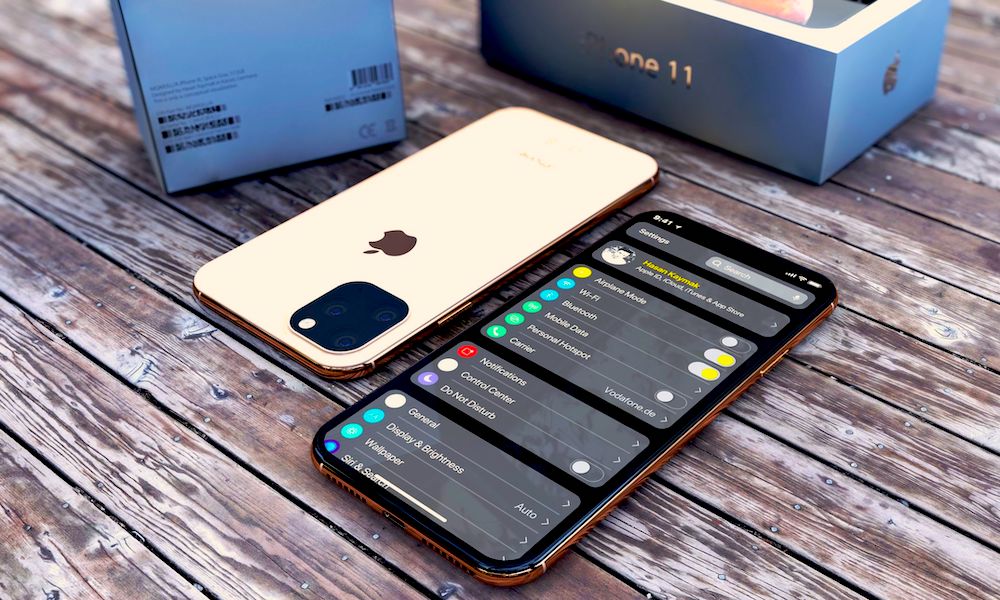From Mall to Mobile: Do Brick and Mortar Stores Stand A Chance?

October 26, 2018 | Article written by Carly Morris
The notion of discovery shopping is one of the biggest success points for the brick and mortar in-store experience. The best way to describe discovery shopping is to imagine the moment when you’re browsing the aisles of a store and come across an item that wasn’t on your list, but that’s going in your cart anyway. However, as shopping moves increasingly digital, it begs the question: is discovery shopping possible through a mobile experience?
In 2017, retailers planned to shut down more than 6,700 stores across the United States. While brick and mortar stores still aren’t necessarily on the endangered species list, they should certainly be focused on creating a strong mobile strategy to stay relevant, accessible, and in demand on digital.
But, many marketers are left scratching their heads when trying to replicate the success of discovery shopping outside the aisles. So, can shoppers still experience this phenomenon on mobile? The answer is yes.
Are Brick and Mortars Really at Risk?
Before we talk about how to shift to a mobile-first shopping experience, let’s reflect on the current and future state of storefronts. In many cases, eCommerce sites have begun to turn to brick and mortars to expand their online businesses into the physical. Think: Amazon Bookstores and Amazon Go, for example.
However, retailers should generally look at this trend as the exception to the rule. Why? Currently 40% of internet users in the U.S. report that they purchase items online several times per month, and 20% report buying online on a weekly basis. 42% of U.S. consumers say they search and buy products or services online, while 14% prefer to search online and buy in store.
There’s no doubt that more shoppers are discovering products and services through mobile. So, in a world where the customer is always right, it’s time for retailers to give them the mobile shopping experience they want.
Creating a Mobile-First Discovery Strategy
Half of adult consumers in the U.S. make online purchases through their phones. In order to leverage mobile to reach and convert new customers, advertisers should consider the following:
● Create a Mobile-Friendly Site
Since over half of U.S. shoppers make purchases with their phones, it’s crucial that retailers create mobile friendly websites and apps to simplify the shopping process. It’s not enough to create a website. This website must then be optimized for mobile and, in many cases, turned into an app that enhances the consumers shopping experience.
● Stay Competitive
Online shoppers can easily compare prices and quality across the web. This means that consumers can and will abandon their shopping carts if they think they can find a better deal somewhere else. To stay on top, be sure to do your research and see what others in your vertical are offering.
● Create Convenience
One of the many benefits of online shopping is convenience. The moment the experience becomes inconvenient (slow load times, limited catalogue, unreasonable shipping costs, etc.), you risk shopper abandon.
● Merge Brick and Mortar with Mobile
If you’re not ready to give up the storefront space, that’s ok! Mobile is a great supplement to your physical outlets, so experiment with how you can integrate the two in convenient and personal new ways.
● Use Mobile to Reward In-Store Shoppers
On the topic of merging brick and mortar with mobile, retailers can also reward shoppers in store by offering special mobile deals. In fact, a full 54% of consumers say they shop with retailers who have sent them special offers via mobile while they were inside physical stores.
● Keep the Excitement of Discovery Alive
Any shopaholic knows that it’s easy to wind up buying items you didn’t intend to take home when you first set foot in the store. Luckily, mobile retailers have the same opportunity to create discoverable shopping moments by developing apps and mobile-friendly sites that make it fun for shoppers to browse. Try curating collections based on seasons, or making it easy for shoppers to search based on specific needs, like party, business meeting, or baby shower.
Enhance Shopping with Data
While data is a key player in tracking consumer behavior and increasing sales, it can also showcase how to improve your online discoverability on the whole. Online retailers should consider data to:
● Tailor the Experience to Your Shoppers
In order to create discoverable shopping opportunities online, retailers should look for trends in shopper habits. For example, if data shows that your shoppers are frequently searching for “cocktail dress”, you might customize your mobile site or app to showcase special offers for cocktail dresses to make the browsing experience more engaging and personal.
● Determine Where Consumers Buy
Data can show if users are buying from social channels, within apps, on mobile sites, or hopping from one to the other. This data is essential for retailers to create the best user flow and put more dollars where shoppers convert.
● Personalize the Shopping Experience
Brick and mortar businesses lack the ability to customize an aisle based on a specific shopper’s needs. However, mobile retailers can use data to target and curate content based on the things like location, demographics, and shopping history — a strategy that will help engage shoppers in a whole new way.
While the in-store shopping experience will never lose its place in the ecosystem, there’s something to be said for the convenient, personalized, and simplified nature of eCommerce. And, with everyone’s world now resting in the palm of their hand, mobile retailers have the opportunity to keep their consumers browsing anytime, anywhere.


